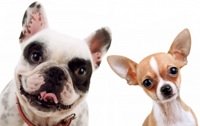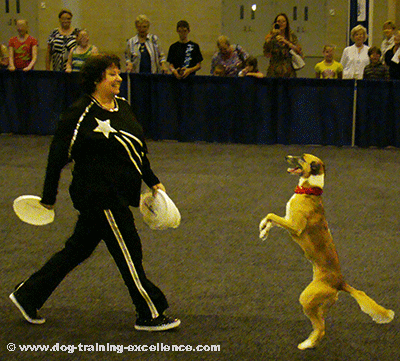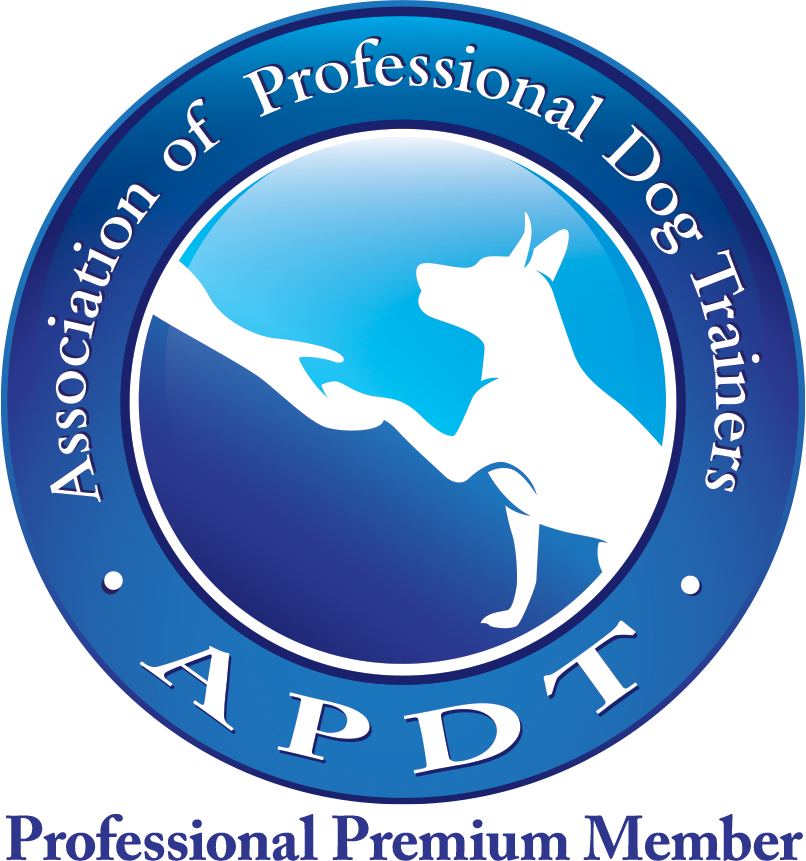I try to write my posts as unbiased as possible and recommend the products I consider to be useful and the best. I use affiliate links, this means that–at no extra cost to you–I can make a commission on a purchase you make after clicking on them. As an Amazon Associate I earn from qualifying purchases.
Shaping dog behavior:
an advanced dog training method
Shaping dog behavior is a training technique that builds on Capturing.
It is an advanced method because it requires the trainer to pay attention to the dog's movements and have excellent timing when rewarding him. It is also a higher-level training system because the end result is a complex dog command. The nice thing about it is that it breaks down the complex behavior in smaller, easily achievable parts for the dog/trainer team to succeed.
It is a powerful method because you can train your pooch to do incredible things like:
- Turn the lights on or off
- Open a door
- Find the remote control and bring it to me!
- You can also use shaping dog training for dog tricks: spin, roll-over, play-dead and many more!
It is a positive method because you accomplish a complex behavior without ever inflicting pain or discomfort to your canine friend. You can combine clicker training with dog shaping or use a praise word/food reward instead. Either way, you canine friend gets to use his brain intelligently.
How to train a dog with Shaping
Shaping dog behavior uses Capturing
to train advanced behaviors the animal will not produce on its own.
Capturing is a training technique in which you wait for the hound to do
the task (i.e. sit) and reward it when it happens. The use of rewards
make the behavior happen more often, which enables you to then add a
word command or dog hand signal to it.
In shaping dog training, instead of capturing the full behavior ("sit") you will capture successive steps towards the final behavior.
Here is an example to train your canine pet to "Ring a Bell":
- Set the bell where you would like it to be (i.e. next to the door, to signal to go out to pee).
- Start the training session near the bell area. Wait and observe!
- If your furry friend "looks" at the bell - Mark and Reward! This means to praise your pooch with a word followed by a food treat. You can also use a clicker instead of a word.
- Reward a few looks at the bell. Then raise your criteria for rewards, not the dog has to take one step towards the bell to get the treat.
- Be patient! Some houndss might walk straight to the bell, while other will take a while to figure out what it is they need to do.
- If you pet moves a little bit towards the bell - Mark and reward! Even if it was only one step.
- As your pooch gets better, keep raising your criteria and reward only as he gets closer and closer to the bell.
- Here you need to understand the concept of a "random reward". The first few times your canine friend does the right behavior you must mark and reward every single time. However, after a few trials, you should start giving out rewards randomly, in a way in which the pooch can't predict when he is getting food and when not. This is the most important concept in shaping dog behavior. By rewarding at random times, your puppy will keep on trying. As you raise your criteria you reward every single time, then randomly then raise your criteria again, reward every time, then randomly...and so on.
- When your dog is close to the bell raise your criteria: mark and reward only if he touches the bell.
- Repeat step #8 but with this new criteria. Reward every time for a handful of trials, then back to random treats.
- Now that your pooch is touching the bell consistently, start rewarding only the trials in which he makes the bell ring loudly and not the feeble ones.
- Finally, you can add a command by only rewarding if your hound rings the bell after you prompted with the cue. If instead, you want him to ring the bell to go pee outside, then use going outside as the reward instead of a food treat.
You did it!
Read "How to Teach a Verbal Command" for more information and advice.
Shaping dog training can be a very efficient technique because it takes advantage of the fact that behavior is variable. This means that your pooch will repeat the behavior but with slight variations each time (in speed, positioning, strength, etc.). Experienced trainers are able to catch and reward those trials in which the dog did the behavior slightly in the direction of what is needed for the end goal.
In Summary:
- By rewarding your dog for doing a behavior that will eventually lead to the final goal, you can train him to do many things!
- The above recipe on shaping dog behavior can be tweaked and changed depending on how fast or slow your pooch catches on.
- You will notice that the more commands you teach your pet using dog shaping, the faster he will start learning them!
Tips for Shaping Dog Behavior
- Shaping dog behavior can be done in a million different ways! If you thought about a particular way of getting your end behavior but your canine friend is not progressing...Think of a different way!
- Stay focused through a training session. Turn off your phone, TV and any other distractions...focus only on your dog!
- Try to finish each training session in a positive tone! If your puppy gave you a great behavior...End the session! It is better to end on a high note than when the animal is tired and frustrated.
- Review "Reliable training command step-by-step guide" for more information!
Troubleshooting Shaping

- I keep waiting for the next step in my shaping plan, but my dog is not doing it. I know he is capable of doing it!
Solution: If your pet is not doing the behavior you expect him to do, he is not getting enough rewards and will get frustrated. Think of a smaller step to reward him. Shaping dog behavior has to be done in small increments the animal can and will do!
- My dog is not reliably doing the behavior I am rewarding.
Solution: are you rewarding only one aspect of the behavior? if you are sometimes rewarding for speed and the next time for posture your hound won't be able to figure out what he is being rewarded for. When you are shaping a dog behavior you should pick one aspect and work on it. Then move on to the next and so on.
- My dog gets frustrated when I jump to the next step. He won't do anything else or give up!
Solution: before you can move on to the next step in shaping dog behavior you need to make sure you are randomly rewarding your furry friend for the current behavior. This way he is used to being rewarded only some of the time and he will keep trying.
- My dog learned faster than what I thought! What do I do now?
Solution: Always have a plan - written or at least thought out. Write down what small behaviors you expect to reward to reach the end goal. If you have a plan you will be prepared if your pooch learns faster. Quick thinking is key in shaping dog behavior!
- I trained my dog to jump high, but now that I am training him to jump high -through the hoop- he won't jump as high!
Solution: Sometimes dogs will relax what they have learned in order to learn something new. Don't worry about it, keep working on your new aspect of the behavior, once it's mastered your pet will be able to put both aspects together as one! In this case start with the hoop low and raise it slowly.
- I am shaping a behavior and the dog is doing very well, but he won't do it as well for my husband.
Solution: You should try to avoid changing trainers in the middle of learning something new. Have your husband (or any other person) train a completely different behavior. This will help your dog stay focused on each task, since different trainers often train differently!
Play the Shaping game with your family and friends!

Shaping dog behavior can be a hard skill to learn. Here is a game you can play with your friends and family to improve your training skills!
What will you learn?
1- How easily mistakes during shaping can lead you the wrong way! Sometimes a reward that is given too late...will give you the wrong behavior.
2- You will be able to experience how hard it is to follow guidance when talking is not allowed! And you will appreciate your canine companion even more!
How to play the game:
- You will need at least 2 people. But more are welcome to watch. Everyone can get a turn at being the trainer or the "dog".
- The "dog" person should leave the room while the rest decide on what behavior they will shape (i.e.: turn the light on, sit down on the floor with your arms on your head, anything!).
- There should be only one trainer and one dog at a time.
- Nobody is allowed to use words, gestures, sounds or eye movements that could indicate what the wanted behavior is.
- Shape it and have fun!
Home > Dog Training Methods > Shaping Dog Behavior





New! Comments
Questions? Anecdotes? Tips? Leave me a comment in the box below.